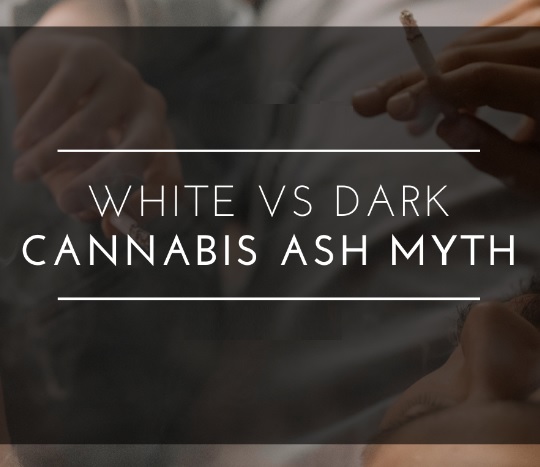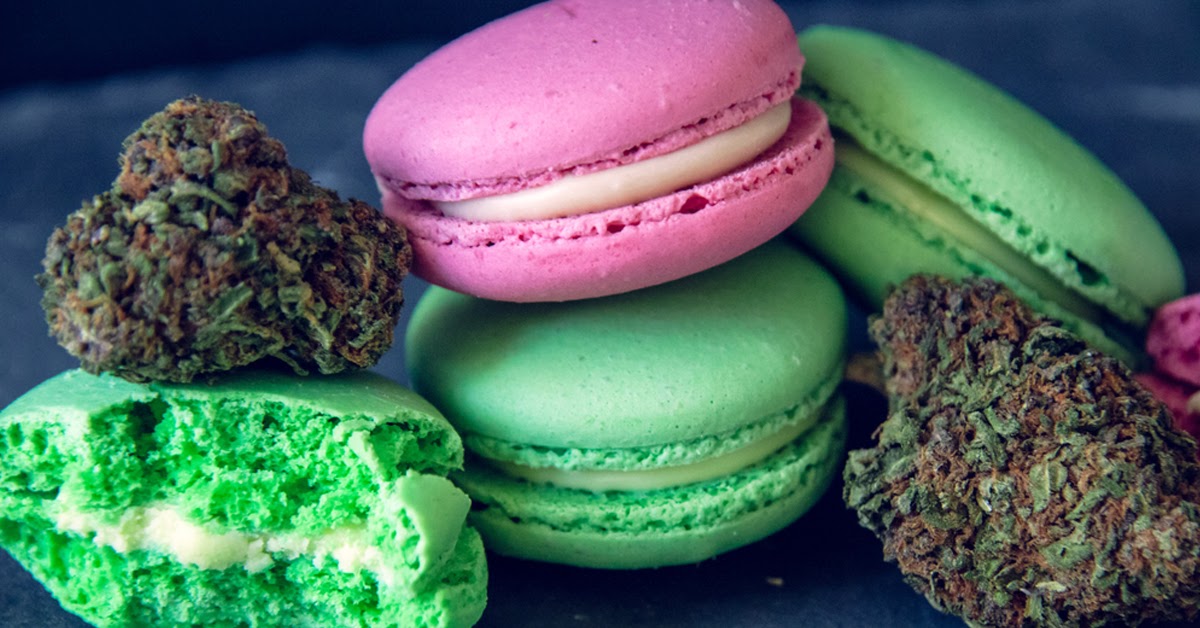Debunking Cannabis Conceptions: The Truth Behind White Ash vs Black Ash Controversy
Cannabis enthusiasts often make certain assumptions about the quality of their weed based on the colour of the ash left behind after combustion. This has led to a popular myth that cannabis that burns into white ash is of superior quality while the one resulting in black ash is of poor quality. Today, we dive into this myth and explore the science behind the colour of cannabis ash.
Understanding the Myth: White Ash vs Black Ash
The myth of white ash vs black ash is widespread in the cannabis community. Many people believe that when cannabis is smoked, if the ash is white or light grey, it signifies that the buds are of premium quality. Conversely, if the ash is black or dark grey, it is presumed to be an indicator of poor quality cannabis, possibly overfed with fertilisers or treated with chemicals. However, the truth is more complex than this binary classification.
Why White Ash is Perceived as 'Cleaner'
The belief that white ash is cleaner and thus indicative of higher-quality cannabis is based on a few factors. Firstly, it is assumed that properly flushed and cured cannabis will burn white or near-white ash. Secondly, the association of white with purity and cleanliness in general plays a role in this perception. However, these factors don't provide the full picture.
The Science of Ash Formation
Ash, not exclusive to cannabis, is a complex combination of minerals, charcoal and char. The colour of the ash can indeed give clues about many different aspects related to the combustion process. For instance, ash is investigated in the case of wildfires to gain insight into the burning temperature. When the combustion temperature is high, burnt organic material and nitrogen concentrations reduce, leading to a clearer ash colour, somewhere between grey and white.
| Combustion Temperature | Combustion Result | Ash Colour |
|---|---|---|
| Lower than 450° C | Combustion unfinished, organic compounds still present in ashes, carbon. | Dark-coloured ash |
| Higher than 450° C | Volatilised carbon, mineral ash left behind. | Lighter looking ash |
Note A typical lighter reaches temperatures around 1000° C.

Does Flushing Cannabis Lead to White Ash?
'Flushing' in the context of cannabis cultivation refers to the practice of watering the plant with only clean water in the last few weeks before harvest. This is done to 'flush out' residual chemicals or nutrients used during cultivation, resulting in a cleaner final product. Some believe that this process leads to cannabis that burns white ash, indicating its purity. However, the evidence to support this belief is sparse, and some growers argue that flushing is not always necessary or beneficial.
What about Curing?
Curing is the process of preserving cannabis after harvest, protecting it from bacteria and degradation by storing it properly. This process involves shedding excess compounds and keeping the terpenes and cannabinoids intact. Some believe that improperly cured cannabis will not burn properly and will emit black ash. However, there is no concrete evidence to support this claim.
The Impact of Combustion Temperatures
Combustion temperature plays a crucial role in determining the colour of ash. When combustion occurs at a low temperature, organic compounds are not fully burnt, leading to darker ash. On the other hand, when the temperature is high, carbon is volatilised, turning into a gas and leaving behind mineral ash, which translates into lighter-coloured ash.
Research Insights from Tobacco Ash
Interestingly, the tobacco industry has been studying their ashes for over a century. They found that certain plant ingredients promote or inhibit the burning of their tobacco cigarettes. For example, chlorides hinder complete burning, which then weakens the taste and smell. On the other hand, potassium salts of organic acids aid in combustion and increase the fire-holding capacity.
Other Factors Affecting Ash Colour
Besides the factors discussed above, several other elements can influence the colour of ash produced after smoking cannabis. These include the age of the cannabis, the type of strain, the presence of contaminants, the smoking method, and the burning temperature. All of these questions bring the very debate between white ash and black ash into question.
Evaluating Cannabis Quality Beyond Ash Color
While the colour of ash may provide some indication of the quality of cannabis, it should not be the sole determining factor. Other aspects to consider when evaluating the quality of cannabis include aroma, flavour, potency, appearance, and trichome density.
The Rundown
In conclusion, the colour of ash in cannabis can be influenced by several factors, including resin levels, combustion temperatures, and the flushing and curing processes. However, the colour of ash should not be the only indicator considered when evaluating cannabis quality. Instead, consumers should also consider other factors such as aroma, flavour, potency, appearance, and trichome density. By taking these factors into account, consumers can make more informed decisions and find high-quality cannabis that meets their needs and preferences.





![[UPDATED]Cannabis-Infused Butter Recipe: How To Make Cannabutter?](https://www.olivastu.com/media/magefan_blog/Olivastu_Blog_1200x628_20200421.png)